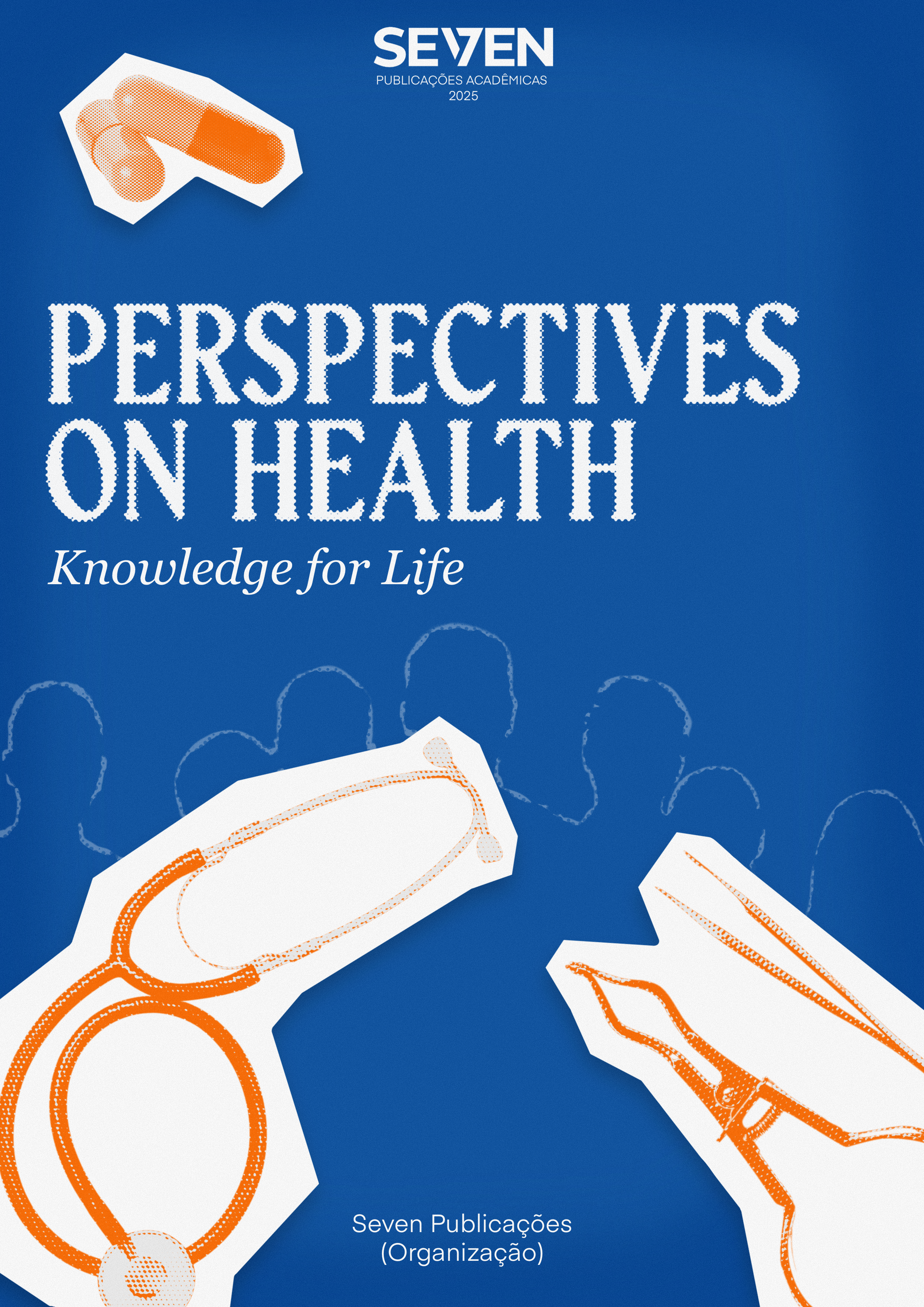EPIDEMIOLOGICAL ANALYSIS OF CASES OF GASTRIC NEOPLASMS AT SANTA CASA DE MISERICÓRDIA DE RIBEIRÃO PRETO FROM 2020 TO 2024: A CROSS-SECTIONAL STUDY
Keywords:
Gastric cancer, Gastrectomy, Epidemiology of gastric cancerAbstract
This article is a cross-sectional, descriptive and retrospective study of patients with gastric cancer without carcinomatosis who underwent gastrectomy at the Teaching Hospital of the Barão de Mauá University Center, Santa Casa de Misericórdia de Ribeirão Preto, São Paulo, Brazil. The inclusion criteria were: patients who underwent gastrectomy (total or partial) between 2020 and 2024, excluding cases with advanced stage without surgical resection recourse. In all, 41 patients were selected, and gender, age, and risk factors (alcoholism, smoking, or both) were analyzed, and diagnostic and staging tests were performed, and all factors were compared between the groups in the public and private networks. It was noted that the epidemiological profile was mostly of patients belonging to the public network (22 patients, 53.6%), most of them female (22 patients, 53.6%), and the vast majority over 50 years of age (36 patients, 87.8%). Smoking and alcoholism were present in most cases in which this information was included in the medical records (16 patients, 61.5%). This article evaluated these factors reflecting social and regional issues as a possible relationship between a greater demand for health services by women. In addition, a higher incidence of such neoplasm was confirmed in patients over 50 years of age, where there is a decrease in the mechanisms of repair and protection of the gastric mucosa and alteration of the cellular mechanism, favoring the development and progression of gastric neoplasms, aggravated by smoking and/or alcoholism habits, considering that both exert a direct action in favoring carcinogenesis; and, finally, having upper digestive endoscopy as a diagnostic test for gastric neoplasia, in both groups, although those in the public network have difficulty accessing the test early. In addition, it was noted that the difficulty in accessing the exams, especially the main diagnostic exam (Upper Digestive Endoscopy), generated a greater obstacle in diagnosing pre-neoplastic gastric lesions and precursors of malignancy, so that the patient could even start protective and early treatment. Thus reflecting on higher incidences and prevalence of gastric cancer and late diagnoses that are already cancerous. Therefore, we believe that by statistically surveying the casuistry of care and surgeries performed for gastric tumors and evaluating the statistical differences in tumor staging between public and private patient groups, we can identify the difficulty of performing diagnostic tests from the onset of symptoms, in addition to preventive and early guidance and treatments, and from this suggest public health measures to mitigate such deficiencies in the public networkelement.
Downloads
Published
Issue
Section
License
Copyright (c) 2025 Mariana Carrera, Anne Kareninne Domingos de Matos, Laura Palermo Dotta, José Guilherme Venturelli Neto, Eduardo Garcia Pacheco

This work is licensed under a Creative Commons Attribution-NonCommercial 4.0 International License.





